Your basket is currently empty!
Disabled Facilities and The Dilution of Disabilities
The Rise of The Convenience Cubicle
I, along with millions of others, recently spent the start of summer watching England claw their way through Euro 2024, only to fall at the final hurdle once again. I watched the final in my local pub which was packed to the rafters with fans going through the usual emotional rollercoaster involved when England play in a major tournament: The initial optimism, the build-up of frustration, a brief moment of jubilation, followed quickly by inevitable heartbreak – it was all there. However, once the final whistle sounded, my frustration wasn’t directed towards the team or the manager, but rather towards the pub I had just spent the last few hours in.
The establishment in question, which had been strictly monitoring how many people it was allowing inside, was, conversely, operating an open-door policy when it came to the disabled toilet. This meant that anyone who didn’t fancy queueing for a stall or urinal could stagger into their own secluded solo stall. The bouncers, who had been policing the front doors (which the disabled toilet was just inside of), informed me it wasn’t their department when I mentioned it to them; although they were seemingly happy enough to use the toilet themselves and provide a radar key to anyone else who needed it!
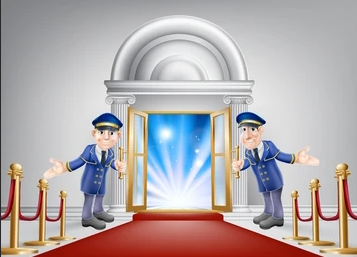
So it came to be that, by the time the final whistle went and I could hold my bladder no longer, the bathroom floor was akin to a toxic sewer. I was left with no option but to push through the various congealed bodily fluids in order to get to the toilet, or what was left of it. And believe me, no amount of alcohol gel is ever going to clean that experience from my memory, or my wheels!
I’m singling out the pub because this was the latest instance of it. But it is by no means the first and most definitely won’t be the last. The truth is, it happens at venues everywhere. I’ve lost count of the number of times a member of staff has, without warning, unlocked the disabled toilet and flung the door wide open; unveiling me like a quiz show prize, catheter-in-hand, to the impatient person who fancied a peaceful poop...
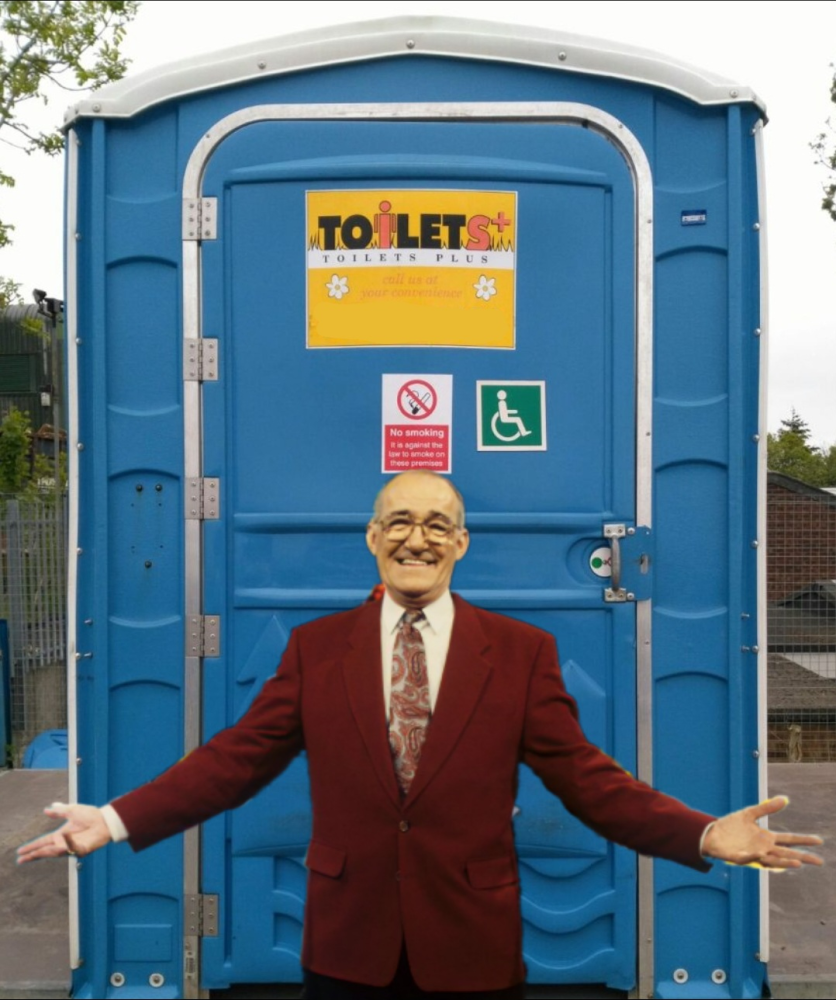
The thing I want to know is, when did disabled toilets stop being for people who physically cannot use standard toilets and just became convenience cubicles for the masses?
The Signs They Are A-Changin’
Look, I’m not kidding myself here. I’m fully aware that people have been misusing disabled bathrooms for as long as they’ve existed. Indeed, I first coined the term “convenience cubicle” in a 2017 entry on invisible disabilities. At that time I argued that, although people with these “invisible disabilities” have as much right to use the disabled facilities as someone whose disability is clear and apparent, by affixing signs to the doors stating in bold letters that, “NOT EVERY DISABILITY IS VISIBLE”, you are essentially handing a get out of jail card to any able-bodied Albert wanting to use them.
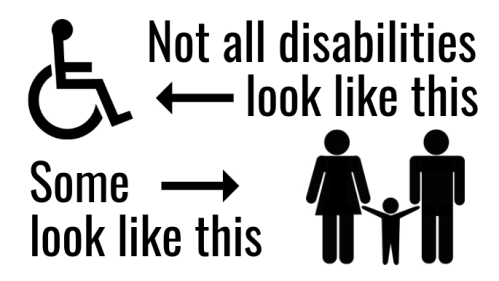
Fast forward 7 years and things have become even more muddied and confusing. A perfect example of this can be seen within the college I work. There, they have upgraded the aforementioned invisible disability sign on the disabled toilets with one that loudly states, I kid you not, “THIS BATHROOM IS FOR EVERYONE”.
Excuse me, what?!
An Inconvenient Issue For Uninterested Incumbents
Now, before I go on, I feel like I need to preface all this by saying that I think it is important for everyone to feel safe in public spaces. I know there are members of the LGBTQIA+ community who don’t feel comfortable using a “male” or “female” designated bathroom and could run the risk of being physically or verbally abused if they did.
So what can be done to best accommodate everyone?
Making every public bathroom gender neutral would bring up a whole new quagmire of issues. Implementing a nationwide scheme to modernise all public toilets so that they cater for people of all genders and identities would, on top of costing an absolute fortune, be far too logical and pro-active for our leaders. In fact, you can practically hear the conversations going on behind closed doors at council meetings across the country:
“If only there was a way of quickly and easily dealing with this problem, one that would cause the least amount of outcry, whilst costing the least amount of money and requiring minimal effort on our part…Wait, I’ve got it! What if we just slapped a sign onto disabled toilets saying anyone can use them? We’ve already incorporated baby changing into them and made “disabled” as loose a term as possible, might as well go the whole hog and just let everybody in! It’s not like the disableds are allowed to vote, right?”
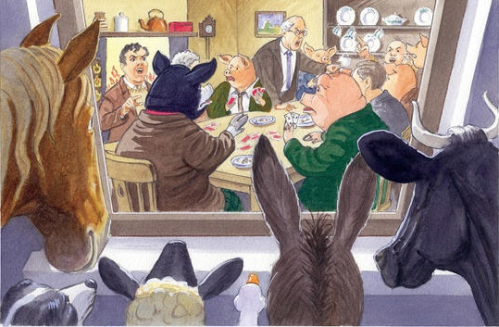
It seems that, once more, the fringe members of society are being lumped together for the convenience of the general population. And, once more, it is the least ambulatory of us who pay the price.
The Dilution of Disabilities
Just look at disabled parking. Rather than introducing a two-tier system with widened bays specifically for people who need space for a wheelchair and other priority bays for those with differing needs, everyone is placed under the same, all-consuming, disability umbrella. The result of this being that, anyone with a disabled parking badge can use a widened parking bay, regardless of whether they need the extra room or whether their disability is even a physical one.
Whether talking about disabled bathrooms or disabled parking, they are both commonly referred to as “accessible” because they are primarily designed for those of us who cannot physically access the standard versions. By redefining this, you are either heavily diluting or entirely removing the intended purpose of them. If everyone has access to a radar key or a blue badge, then we lose almost all benefit in having them
So, as more and more public/communal places encourage the misuse of disabled facilities, either through willful ignorance or muddled messages, where does that leave the people for whom the facilities were built? To me, it feels like the line to the bathroom just keeps getting longer and longer…
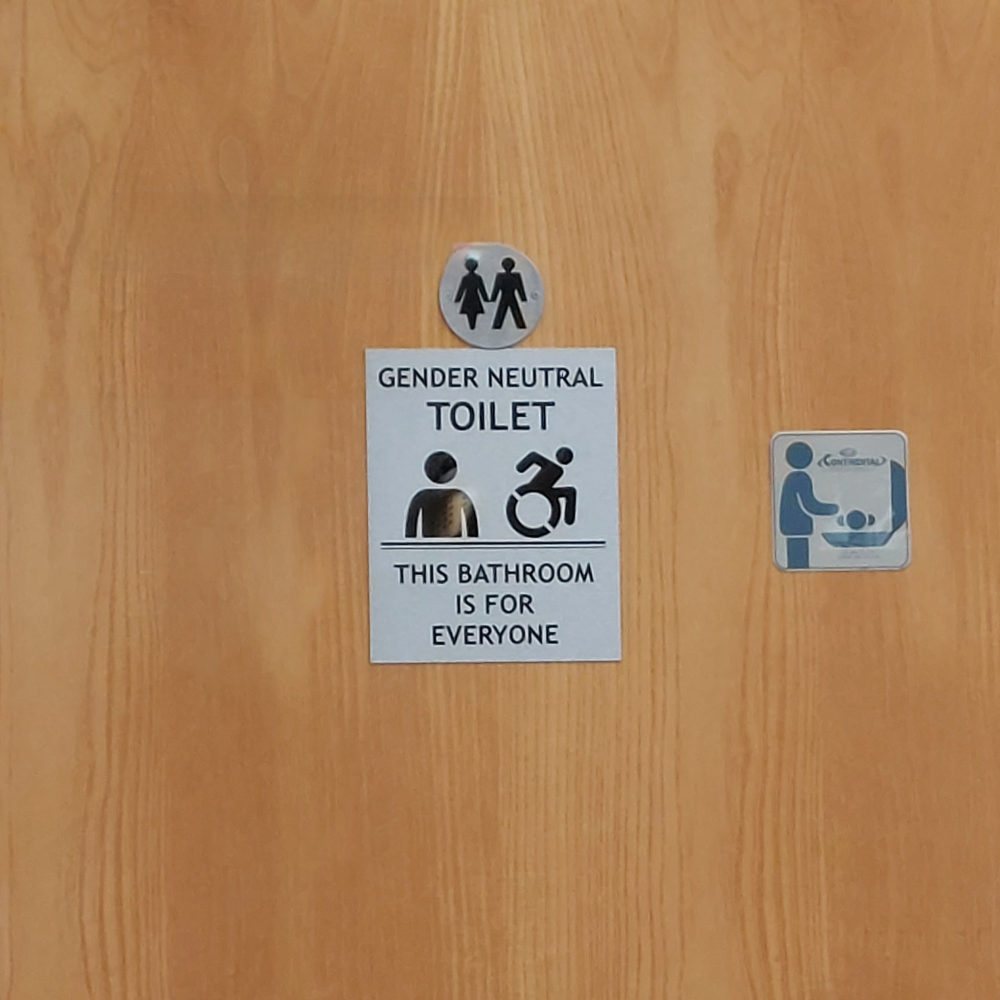
No it f***ing well isn’t!
